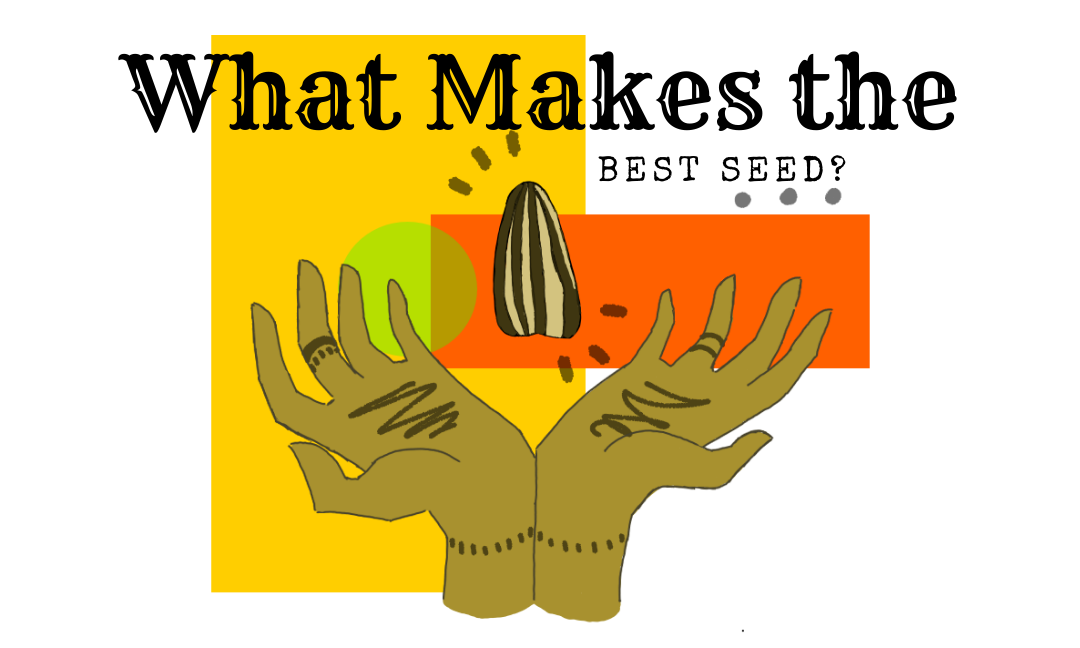Author: Amelia Ell
Editor: Connor Fraser
Featured Image Designer: Emily Sheng
Publisher: Rayna Almas
Seeds weren’t always producing the same delicious, nutritious foods we eat every day. In fact, the ancient ancestor of corn grew ears just 2cm long! Humans have been selectively breeding plants for thousands of years, slowly moulding them to become food that’s larger, tastier, and easier to grow. Now, we have custom–built seed breeding processes to develop new plants that are tailored perfectly to our needs.
However, before they even begin planting, plant breeders must determine the key properties they are looking for in their crops. To reach these target characteristics, they have to consider the environmental conditions, the needs of the farmers, and the opinions of the consumers. When working to achieve their ideal plant, farmers look to optimize the following factors:
Yield: With decreasing farm space and increasing populations, it’s no surprise that farmers are constantly looking for ways to get the most produce out of their plants. Many of the following points contribute to the yield because ultimately, the amount and efficiency of food produced is the general goal.
Biological Resistance: This includes resistance against fungi, bacteria, and pests whose nibbling habits can quickly become a big problem. Around 109 billion dollars CAD are lost every year to plants affected by pathogens alone. Most importantly, poor resistance doesn’t just mean that the farmer will receive lower quality crops, but that they may not yield anything at all.
Nutrition: Eating fresh fruits and vegetables is one of the best ways to get your nutrients, especially for countries unable to afford supplements or have difficulties growing a varied diet. Breeding new strains of crops packed with natural vitamins and nutrients can help solve global vitamin deficiency issues simply by upgrading the plants cultivating in existing plots.
Taste: Of course, flavour is a top concern for breeders developing foods that will be found in the produce section of our grocery stores. Although some traits can only be appreciated by the farmers, the audience is always kept in mind.
Vigour: Seeds that sprout and grow quickly will harvest earlier, giving farmers a chance to grow two or more fields in the same season. This can also be handy for the range of areas a seed can be planted because different locations offer different timings in the growing season. In places that are affected by climate change, the harvest may be pushed forward or back, requiring the seeds to adjust.
Ease of Harvest: In terms of crop structure, a more consistent shape is becoming increasingly important as automation is evolving to help with the collection of crops. Breeders also look for the strength and height of the plants. They avoid selecting weak, breaking stalks, because toppled greens like peas and wheat are more difficult to gather with a combine.
The process of seed breeding takes years or even decades to produce a new strain. However, that didn’t stop Canadians from coming up with some nifty, well-celebrated new seeds. These are just a few of Ontario’s best:
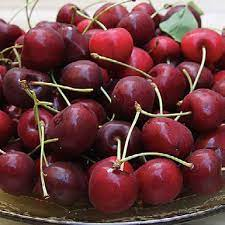
Victor Sweet Cherry: This type of cherry was specifically bred for the conditions of Ontario in 1925 and was the very first fruit tree developed in the Vineland tree-fruit research program. Since then, 13 new sweet cherry varieties for Ontario have already been released!
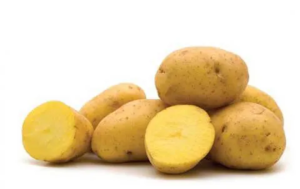
Yukon Gold Potato: The Yukon Gold potato, now a widely-recognized variety, originated from the University of Guelph in 1980. These breeders were faced with the interesting challenge of designing a golden-fleshed potato that could be farmed in Northern climates like Canada. This potato was created through a process of crossbreeding between an existing white-fleshed North American potato and a wild, yellow-fleshed potato from South America.
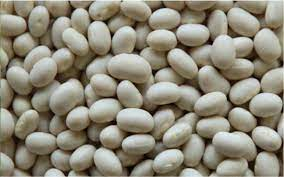
OAC Rex White Bean: Created in 2000, this bean variety was the first in Canada to display a resistance to bacterial disease. It produces greater yields and higher-quality beans, with the additional benefit of bean pods that grow farther from the soil for ease of harvest. This bean is a great example of producing the same crop with an improved method by simply tweaking the plant’s traits.
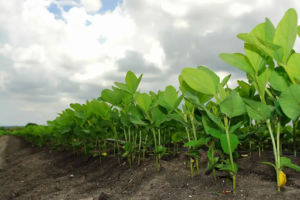
DH 410 Soybean: Finally, we have the soybean from 2004 that is not only a staple variety in Ontario, but has also proved prosperous in Japan. It can be used to produce well-crafted tofu and soy milk, as well as boosting protein levels. On top of that, its winning characteristic is reliable resistance against the soybean cyst nematode that has put other Ontarian soybean crops in jeopardy.
Sources Used:
https://www.fao.org/3/am490e/am490e01.pdf
https://www.britannica.com/science/plant-breeding#ref67733
https://www.uoguelph.ca/research/sites/default/files/public/research_germplasm_web.pdf
https://www.seed.ab.ca/plant-breeding-101/
https://www.bbc.com/news/science-environment-37999506
https://academic.oup.com/jxb/article/67/3/567/2893341
Image Sources:
https://www.uoguelph.ca/research/sites/default/files/public/research_germplasm_web.pdf
https://news.uoguelph.ca/2016/05/yukon-gold-potato-celebrates-50th-anniversary/
https://www.gobeans.ca/downloads/Rexeter-White.pdf
https://guides.uoguelph.ca/2016/04/guelph-soybean-ripe-for-new-market-opportunities/

